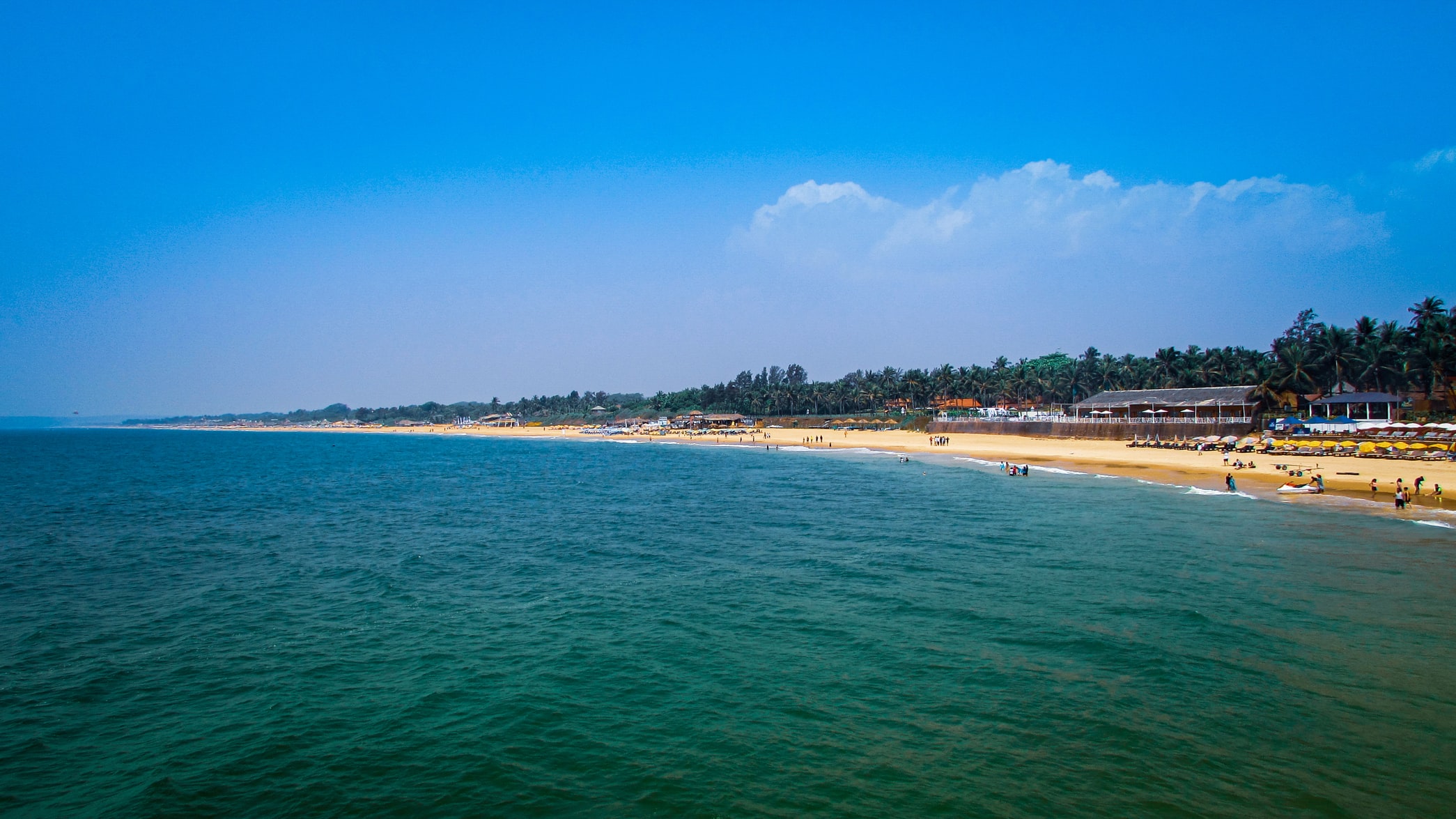Drowning is one of the leading causes of tourist deaths in the world, and in India’s beautiful tourist spots, the possibility of drowning has spelled trouble for holidaymakers, and may even affect the country’s tourism industry. With approximately 80 drownings happening in India on a daily basis, according to an Accidental Deaths & Suicides in India (ASDI) report, most of the Southeast Asian nation’s lakes, rivers and ponds should already be guarded, but this is not yet the case, and analysts now consider water safety as a neglected policy concern. It is noted, however, that some states in the country have been looking into drowning interventions, while others are working with the World Health Organisation (WHO) to develop workable policies that will save not only tourists, but locals as well.
How To Prevent Drowning Deaths
Between 2017 and 2018, 97 tourists died from drowning at Goa’s popular beaches. When more drowning cases occurred, directives were issued by India’s tourism department to increase lifeguard presence in the area. Lifeguards say, though, that tourists who are drunk often put their lives at risk by going into “no swim zones”. While the head of the tourism department has been addressing the problem, policy experts say that there is still a need to bolster water safety measures, not only in Goa, but in other parts of the country as well. Aside from hiring lifeguards that will man India’s waterfronts, offering life jackets or requiring tourists to wear them whenever they are near a body of water is a good start, too, experts note.
When beach tourism season started in 2019, a total of five people died from drowning in Goa. Three of them were domestic tourists, while two were foreigners. The good news is that the tourism department’s move to improve water safety measures saved 231 tourists that year, despite the bad weather that plagued Goa during those months. Fatalities at popular beach spots are not good for tourism, stakeholders say. In a Times of India Report, India’s beaches are now labelled as death traps, and fatalities are making international and national headlines. The situation, according to reports, warrants stronger measures from the government.
Drowning Deaths Are Underreported
While tourist deaths due to drowning are widely known in some of the country’s most prominent tourist spots, Rashtriya Life Saving Society notes that there are likely more in other tourist areas, but that they were not classified as drowning deaths and instead registered as accidents. For places like West Bengal’s tourist spots, where there is a high risk of drowning due to its open waters, the World Health Organisation has already started its contextual policy analysis to prevent such incidents. Its aim, according to reports, is to leverage West Bengal’s existing resources to minimise the possibility of drowning. Said programs will likely be the model programs for the rest of the country, but this is yet to be seen. The suggested program includes supervised childcare, first responder training, and providing barriers to bodies of water. While the development of these programs is still in its infancy, there is hope that the study will provide insight to the Indian government as to how to implement the recommendations of the WHO based on the country’s unique situation.
The government has not yet categorised accidental drownings as a public health problem, but this might change soon for the sake of India’s tourism industry. And while India waits for a scalable drowning prevention program, tourists are advised to be careful when near a river, lake or pond.

